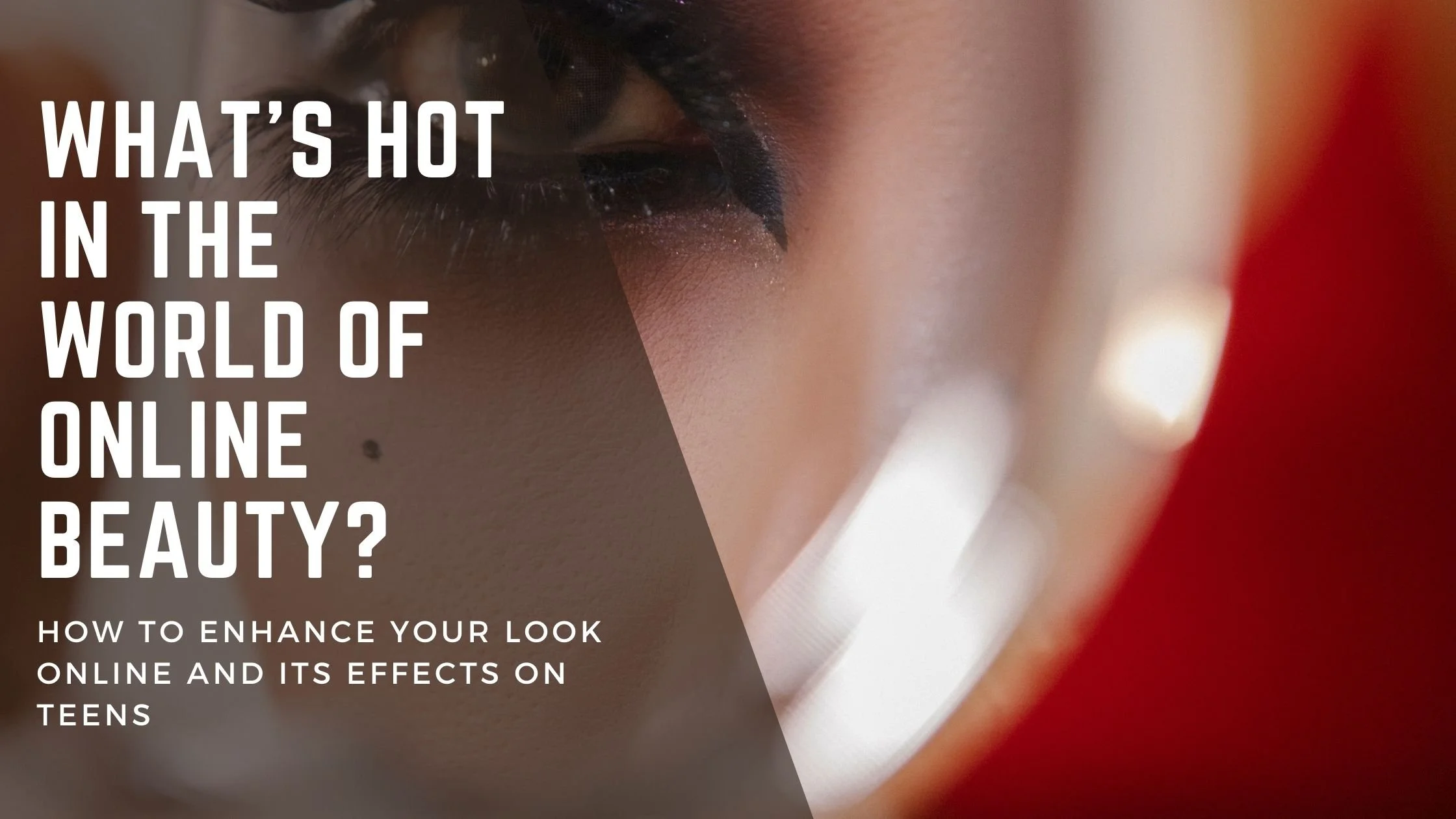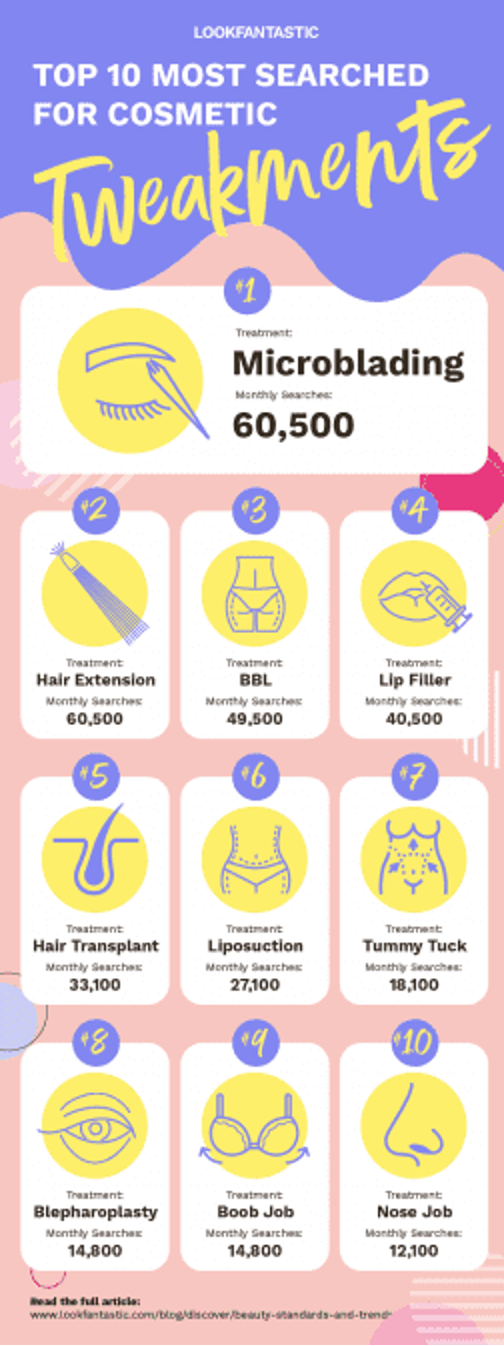What's hot in the world of online beauty?
Almost every photo application and the program now offers some degree of beauty enhancements these days. There are a variety of filters and transformations intended to conceal flaws, remove wrinkles, thin your figure, and other similar visual transmogrifying in the online world. The problem with this is that it also contributes to unrealistic beauty standards for its audience through technology. Users then compare themselves to these increasingly airbrushed and sculpted depictions, which often bear little resemblance to reality. That in turn changes beauty standards across social media. It can also contribute to negative self-perception. According to research that focused on teenage demographics, 32% of teen girls feel worse about their bodies after scrolling social media.
Is the use of beautification filters common, and what are the actual impacts based on significant trends in the teen audience?
With its new research, LookFantastic wanted to find out what makes people want to look better, and how important these behaviours have become. With this knowledge in hand, marketing strategies can better target potential customers which are target teenagers who are likely to show interest positively in their products or services:
“Over the previous year, Google searches for ‘Social media platforms face filters that alter your appearance' have risen by an astounding 100% alongside Dove, which recently discovered that 85 per cent of young girls had already edited their appearance by the age of 13.”
These are staggering figures that somewhat underscore the aforementioned Metadata, which was revealed in leaked reports based on their own research over their website.
How do those tools reach a teen audience?
LookFantastic found that lip fillers and liposuction are among the most popular beauty treatments, with lip fillers being slightly more popular.
The most popular trends in TikTok, according to the research data, are those related to nutrition and aesthetic treatments in a specific group of teens.
The research showed that in the US, the UK, and Australia, teens are searching for more information on "What I eat in a day" and "Nose job" or "Lip filler check".
This is all very worrisome, especially when considering Tiktok is the centre of pop culture among the teenage audience.
And when you also consider that many of the top influencers are posting their content with digital enhancements enabled, it further underlines the need for more transparency in this regard – because if people are structuring their diet around completely unrealistic approaches, that could do significant harm, in many ways.
According to LookFantastic, the Most popular beauty treatment apps are Facetune, Body Editor and Face Editor along with photo editors. All these apps that reach teens through mobile phones can affect the teenage mind to alter their appearance and uses this approach as their marketing campaign.
Efforts to address a solution from a business owners perspective
Snapchat initially supported a planned UK law that would require social media sites to add tags to any uploaded photo that had been digitally altered or enhanced (the proposal is still under consideration).
Following research suggesting that forcing users to retouch their photos may have psychological consequences, Google has discontinued the practice on its Pixel phones.
The company now offers an “original” option in its gallery app, which preserves unedited versions of photos taken with the camera of mobile devices.
While it is a small step, it is at least an acknowledgement of the problem from one of the world's biggest tech brands.
Several effects have been added to photos on TikTok, and Snapchat, i.e. yet notifiers aren't the answer since the customer base can change their pictures in other apps before posting them there.
There are alternative concepts, such as more advanced systems that analyse pixels in greater detail to find changes.
However, until now, those have not been used in social applications to detect things – and there are concerns about the effectiveness of such techniques given how images can be rendered before posting.
It is important to consider that these businesses have a responsibility to their target audience, many of whom are impressionable young people.
There needs to be a more open discussion about the impact of these tools, and how we can all use them in a way that doesn't exacerbate existing problems with self-image and body confidence. Right now, these are some alarmingly hazardous trends that are spreading across social networking platforms, especially in the teen market.
And that's why it's so important that we all take a step back and think about the implications of what we're doing before we click "post".
Spotlite is a platform that targets teens with the focus to create a safe and social environment. What are your thoughts on this issue? Let us know in the comments below. Thank you for reading!
References:




